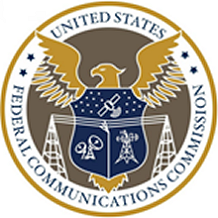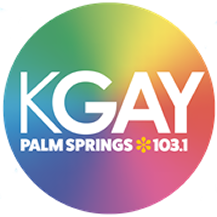Advertisement
|
FCC Adopts New Asymmetric Sideband Rules for HD Radio
| RADIO ONLINE | Thursday, September 5, 2024 | 4:40pm CT |





|
 |
The FCC has adopted new rules with an Report and Order to allow FM broadcasters transmitting in digital format (HD Radio) to use asymmetric sidebands without needing experimental authorization. This move is aimed at giving FM stations more flexibility in their digital operations, enhancing digital coverage while minimizing interference to adjacent analog channels.
Historically, FM digital broadcasting has required symmetrical sidebands, meaning that the power levels on both the upper and lower digital sidebands were identical. Asymmetric sideband operation, now permitted, allows stations to adjust power levels independently on each sideband. This flexibility will allow stations to increase digital power in one direction to maximize coverage, while decreasing power in the other direction to protect adjacent analog stations from interference.
The new rules will streamline the notification process for FM stations adopting this technology. Stations can now notify the Commission of changes to their digital power levels using Form 2100, Schedule 335-FM, without the need for ongoing experimental licensing. This change is expected to lead to increased adoption of digital broadcasting among FM stations and enhance the reach and quality of digital radio.
The rulemaking followed petitions from the National Association of Broadcasters (NAB), Xperi Corporation, and National Public Radio (NPR), who have long advocated for increased flexibility in FM digital broadcasting. The FCC acknowledged their studies, which demonstrated that many stations could operate at higher digital power levels on one sideband while protecting neighboring analog signals by reducing power on the other sideband. The FCC also noted that such operations have not led to significant interference in tests.
The FCC's decision affects nearly all FM stations, except for those operating on Channel 300 (107.9 MHz), which still require experimental authorization for asymmetric sideband use due to concerns about interference with the Aeronautical Radio Navigation Spectrum.
In addition to asymmetric sideband operation, the order introduces a new table that FM broadcasters can use to calculate maximum permissible digital power for each sideband. This step ensures that FM broadcasters can optimize their digital signal coverage while adhering to interference protection requirements.
The new rules reflect the FCC's ongoing commitment to promoting digital radio adoption while balancing the need to protect traditional analog services. Commenters on the issue expressed support for the rule change, highlighting its potential to improve the quality and reach of digital radio signals.
The changes to the rules will take effect 30 days after publication in the Federal Register, though stations may begin notifying the FCC of asymmetric operations immediately.
Advertisement
|
Latest Radio Stories
Federal Judge Freezes Nielsen Network Policy
|
Broadcasters Seek to Reopen FM Translator Relocation Rules
|
Westwood One Launches ''Nightly With Jade & Tyler''
|
Advertisement
|
KGAY Moves to 103.1 as Sunny 106.5 Launches in Palm Springs
|
More FM Launches Throwback Top 40 for East Texas
|
Alyssa DiTomasso Joins WNGC Athens Morning Show
|

















